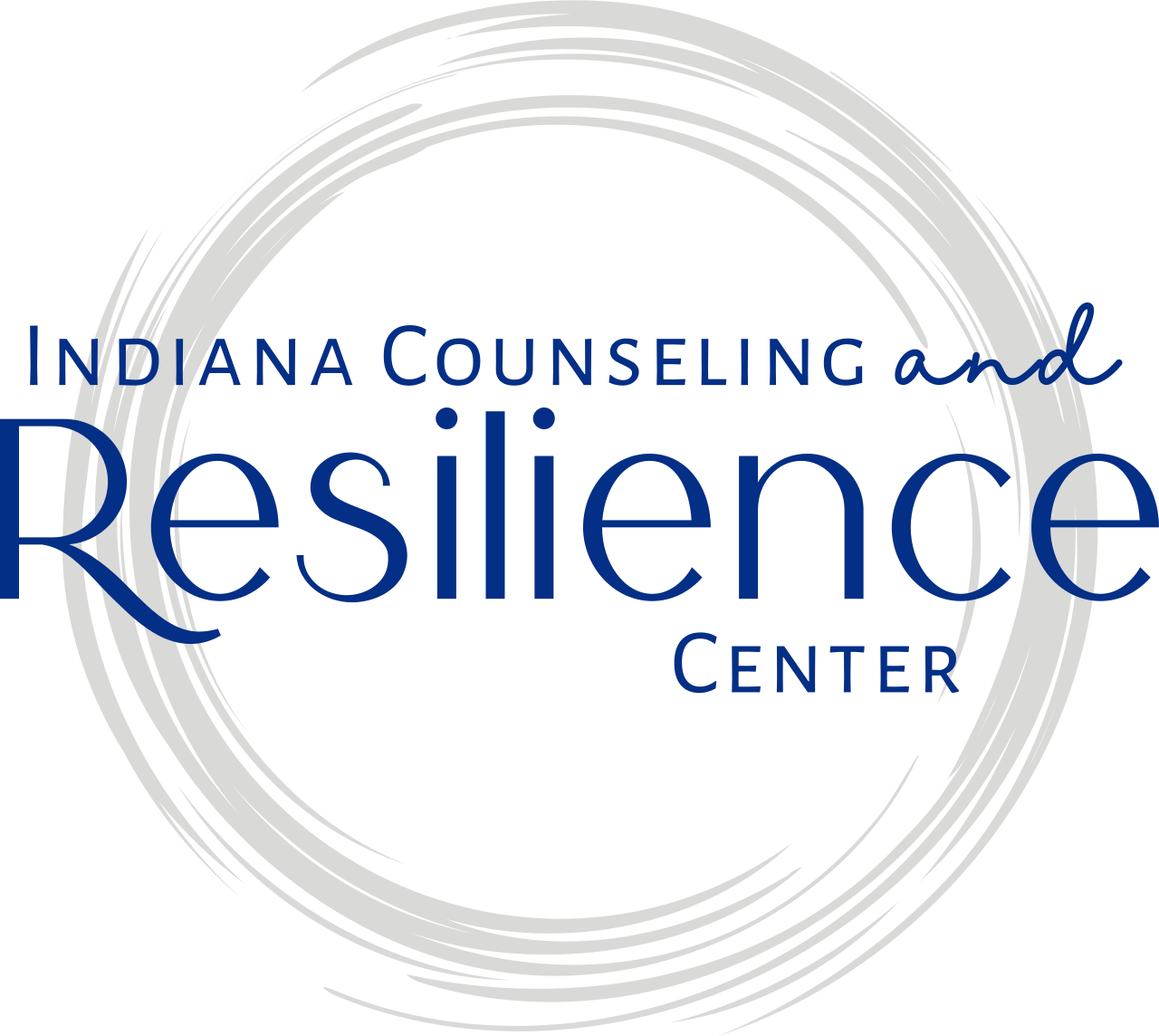Breathing techniques to relieve anxiety for kids, teens, and adults!
Do you need a strategy to quickly help dissipate feelings of anxiety for yourself, your child, or your teen? Tapping into our breath can be tremendously beneficial in reducing physical and emotional sensations of anxiety. Practicing mindful breathing helps our body tune into its parasympathetic nervous system, the physiological center for calming and resetting the body and mind. Thoughtful breathing can help us relax the body and the mind, and with one (or all!) of the breathing techniques below, you can find fast relief from feelings of anxiety.
Lion’s Breath
Lion’s Breath is a type of yogic breathing that can be fun and engaging for young children (or adults)! To practice Lion’s Breath, sit in a comfortable seated position. Take a deep inhale through the nose for 3-5 seconds, filling up the lungs and belly. You will open the mouth and stick out the tongue, exhaling loudly and powerfully for as long as you can. Repeat this for 5-10 breath cycles. The loud exhales mimic a lion’s roar, and making these sounds can be enjoyable for children and help release tension for adults. This breathing exercise helps calm the mind and can be used to energize the body.
Square Breathing
Square breathing is a technique that can help the body and mind. To practice square breathing, find a comfortable seated position and sit tall, feeling the crown of the head lifting up, relaxing through the shoulders, and feeling the seat rooted into the ground. You can keep your eyes closed or perhaps soften your gaze.
You will begin by taking a deep inhale through the nose for four seconds.
You will then hold your breath for four seconds.
Then, breathe out the mouth for four seconds. Feel your shoulders relax as you release the air out.
For the final four seconds, check in with your body and mind. How did that breath feel? Are you feeling any tightness or tension in the body? What emotions are you experiencing?
The magic number of square breathing is 4! All breaths are a four count, and you will repeat the breathing strategy four total times.
Bumblebee Breath
Bumble-bee breath is another technique that can be enjoyable for children! Begin by finding a comfortable seated position, lifting the crown of the head to the sky while also relaxing the shoulders. Inhale through your nose. Instead of exhaling through your open mouth, press the teeth together and use your breath to create a buzzing sound, similar to the sounds of buzzing bees! Buzz as long as possible, feeling the sensation in the teeth and the mouth as you empty out your lungs. This breathing exercise helps calm the mind and can be used to energize the body!
Breathwork can be a useful tool in combating feelings of anxiety for all ages. Having go-to breathing techniques to rely on, such as Bumblebee Breath, Lion’s Breath, and Square Breathing, is helpful as you can easily implement these strategies when those feelings creep in.
To learn more about anxiety and coping with feelings of anxiety, please contact Indiana Counseling and Resilience Center today. You are not alone on the journey of managing anxiety, and we are here to support you!




